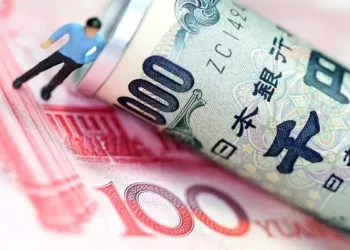ING Economics has revised its expectations for the European Central Bank (ECB), forecasting a rate cut this week in response to renewed economic challenges. The update, released on Monday, highlights how shifting conditions—including trade tensions, a stronger euro, and falling energy prices—have altered the ECB’s outlook since its March meeting.
From Optimism to Easing: Shifting ECB Stance
At the time of the ECB’s March meeting, there was optimism around the eurozone’s growth outlook, fueled by Germany’s fiscal policy reversal and increased European defense spending. These developments had prompted expectations that rates were nearing a neutral stance, with some even speculating that a pause in rate hikes might be on the horizon.
However, ING argues that the ECB’s position has now changed. The central bank is likely to continue its easing cycle due to new economic pressures, including the impact of recent U.S. tariffs on European goods and a stronger euro. These developments have raised concerns about growth and disinflation, especially in the near term.
Tariffs, Strong Euro, and Falling Energy Prices Pressure ECB
The renewed U.S. tariffs on European exports, coupled with a rising euro and declining energy prices, have placed additional strain on the eurozone’s economic prospects. ING notes that the trade-weighted value of the euro has reached its highest level since the creation of the monetary union, making European exports more expensive and potentially reducing growth.
In response to these pressures, ING suggests that the ECB has little choice but to lower interest rates further. The anticipated rate cut is seen as an “insurance cut,” one that carries minimal risk but can help bolster market confidence and support the eurozone economy. Delaying action could send a negative signal about the ECB’s commitment to supporting growth and managing the risk of further euro appreciation.
Potential Changes in ECB Language and Policy Guidance
Alongside the expected rate cut, ING anticipates that the ECB will revise its communication strategy. Instead of framing policy as “meaningfully less restrictive,” the ECB may now describe its 2.25% deposit rate as being within the “neutral range.” This subtle shift in language would underscore the fact that the ECB is positioning itself to remain flexible in its response to evolving economic conditions.
ING further predicts that prolonged trade tensions, combined with a stronger euro, may compel the ECB to ease beyond its current guidance. This could lead to the central bank signaling an increased willingness to implement additional stimulus measures in the near future.
Related Topics:



























